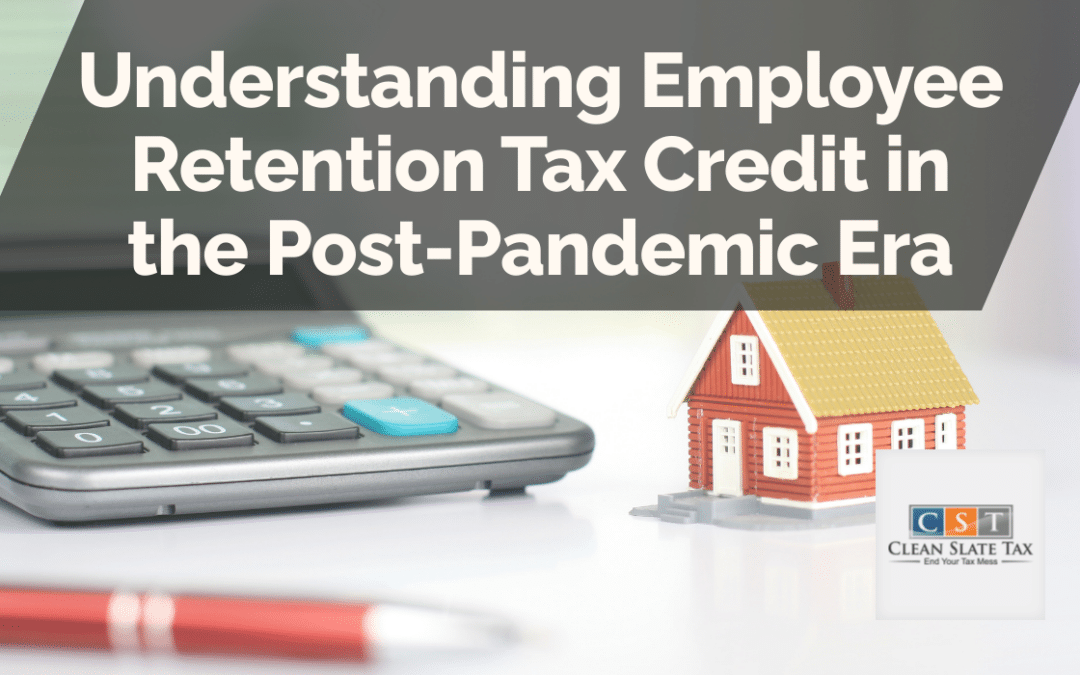The urgency to keep businesses afloat amidst the arduous era of the pandemic led to many financial support initiatives by governments worldwide. One such example is the Employee Retention Tax Credit (ERTC). This initiative is designed to support businesses in retaining their employees during the times of the COVID-19 pandemic. Let’s delve deeper and understand this tax credit and its relevance in the post-pandemic era.
What is the Employee Retention Tax Credit (ERTC)?
The ERTC is a refundable tax credit against certain employment taxes. Enacted in March 2020 as part of the Coronavirus Aid, Relief, and Economic Security (CARES) Act, it provides brisk funds to employers to continue paying their workforce despite facing economic hardships related to the pandemic.
Who Qualifies for the ERTC?
According to the IRS guidelines, businesses, including tax-exempt organizations which experienced either a full or partial shutdown by government order or a significant decline in gross receipts during a calendar quarter, can avail of this credit.
Detailed Breakdown of ERTC
Employer Eligibility Period
For the year 2020, employers can claim ERTC who experienced a business suspension or a decline in gross receipts by more than 50% in any quarter, compared to the same quarter in 2019. The eligibility period lasts until the quarter when gross receipts are above 80% of the same quarter in 2019.
Calculation of Credit
ERTC is equal to 50% of qualifying wages, up to a maximum of $10,000 per employee for all quarters in 2020. Qualifying wages are based on the average number of a business’s employees in 2019.
ERTC in Post-Pandemic Era
Given the gloomy business scenario, this credit remains highly relevant. The ERTC helps ease financial stress, thereby aiding the retention of employees. In the post-pandemic era, it will serve as a significant lifeline for businesses striving to bounce back to normalcy.
How to Claim ERTC
Employers can report their total qualified wages and the related credits for each calendar quarter on their employment tax returns. If businesses face immediate cash flow issues, they can advance the credit by submitting Form 7200.
Frequently Asked Questions
Can I claim ERTC if I have received PPP Loan?
Previously, businesses opted for the PPP (Paycheck Protection Program) loan couldn’t avail of ERTC. The new legislation has changed that. Now, borrowers can claim ERTC even if they have received a PPP loan.
What are the changes in ERTC for the year 2021?
The tax credit rate has been increased from 50% to 70% of qualifying wages, and the limit on per-employee creditable wages has been raised from $10,000 for the year to $10,000 per quarter.
To sum up, the ERTC provides urgent financial support to businesses, enabling them to retain staff and offset some pandemic-related financial losses. It is a money-saving opportunity that every qualifying employer must take advantage of.





